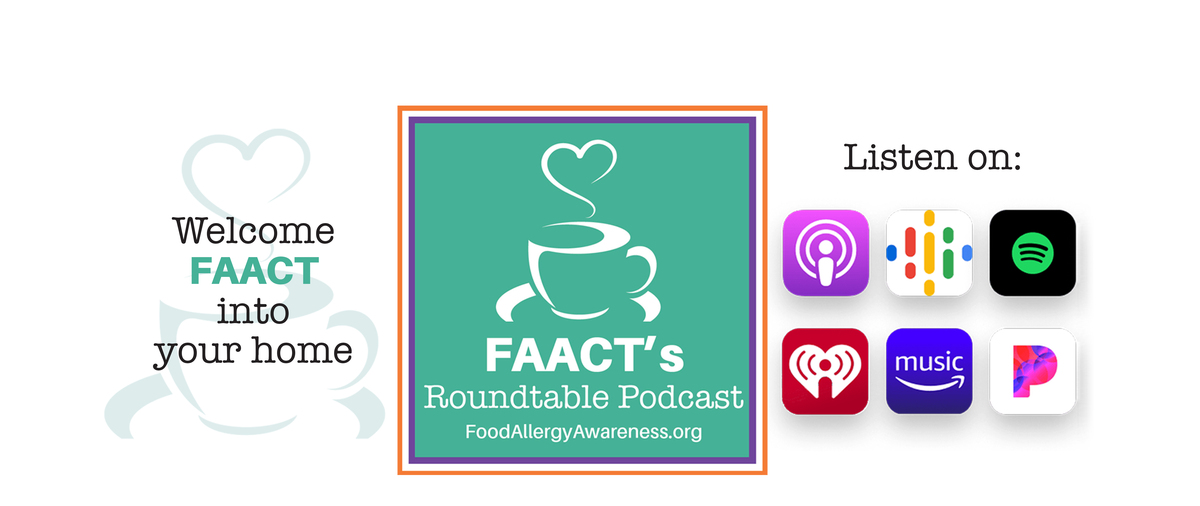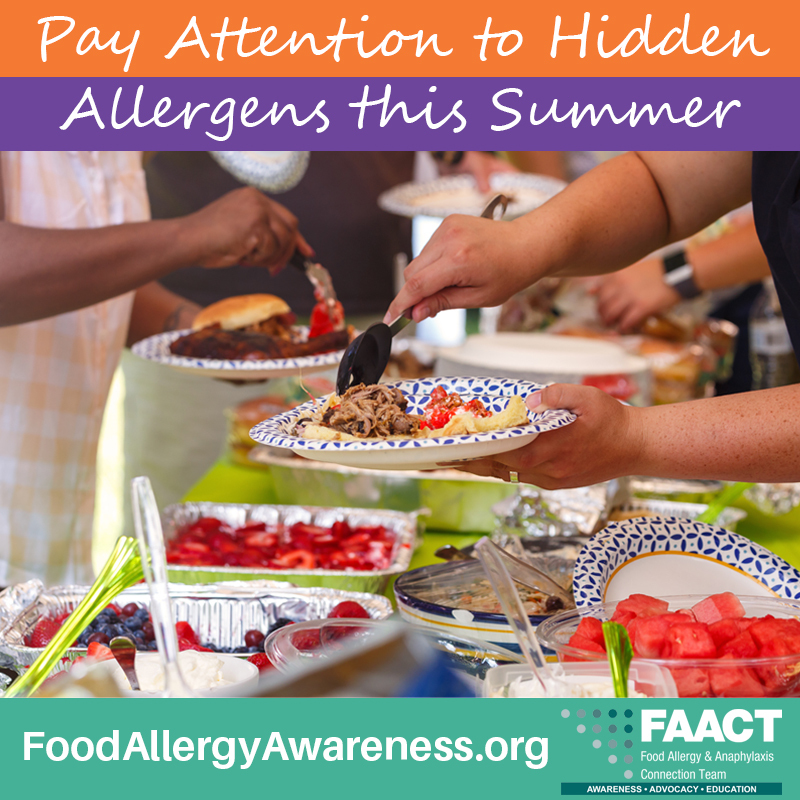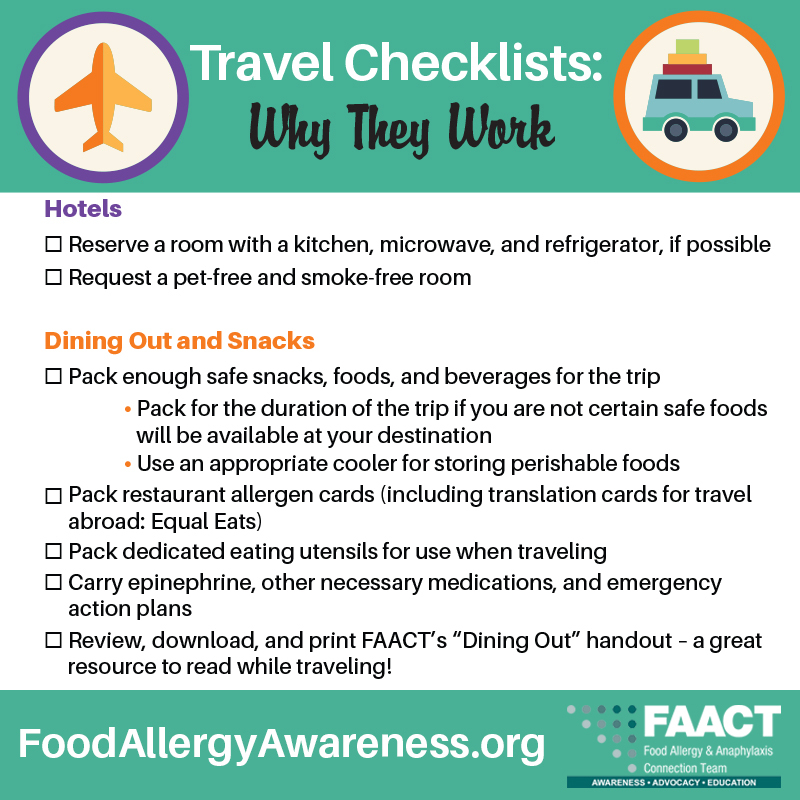
Food Allergy:
Know More,
Fear Less
Explore Resources, Programs, and Community Support for a Safer Tomorrow
What's Happening Next?

Welcome to the Food Allergy & Anaphylaxis Connection Team
Whether you are newly diagnosed or a long-time member of the allergy community, FAACT is your home for education, advocacy, and connections with other individuals affected by food allergies and life-threatening anaphylaxis.
FAACT's mission is to educate, advocate, and raise awareness for all individuals and families affected by food allergies and life-threatening anaphylaxis. Whether it’s keeping children safe at school, responding to food allergy bullying, traveling, preparing for college, dealing with workplace issues, or simply taking the family out for dinner, FAACT has the resources you need to manage food allergies and stay healthy. FAACT is your voice for food allergy awareness.
Join us for educational training and support, summits across the country, and many program offerings. Connect with FAACT through social media for the latest food allergy and anaphylaxis research. Be sure to support our mission and "SUBSCRIBE" to receive our monthly e-newsletter with news and practical tips.
FAACT is here to support you in managing your food allergies – today, tomorrow, and into the future. We #KnowTheFAACTs about food allergies and anaphylaxis!
Our Blog
View AllTestimonials
View AllOur Sponsors
Kaléo supports FAACT's mission-based education and awareness initiatives, FAACT's Roundtable Podcast, our Civil Rights Advocacy Program, as well as our peer programs, which include FAACT's Camp TAG (The Allergy Gang), FAACT's Allergy Summit, and FAACT's Global Food Industry & Research Summit.

Vermont Nut Free Chocolates supports FAACT's Camp TAG (The Allergy Gang) and FAACT's Allergy Summit. Vermont Nut Free Chocolates also provides In-Kind donations for all of our programs.
P&G supports FAACT's Camp TAG (The Allergy Gang) program.













